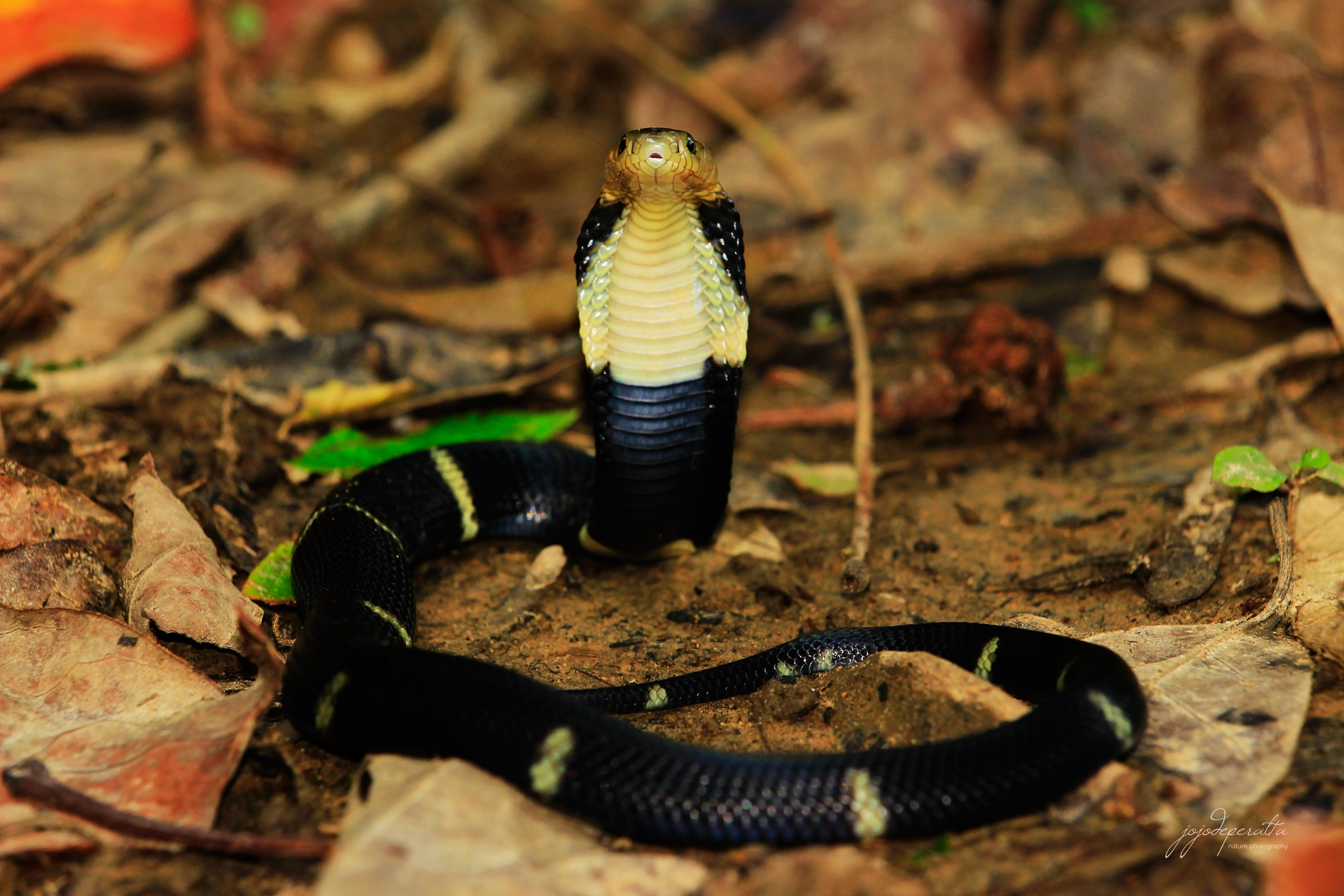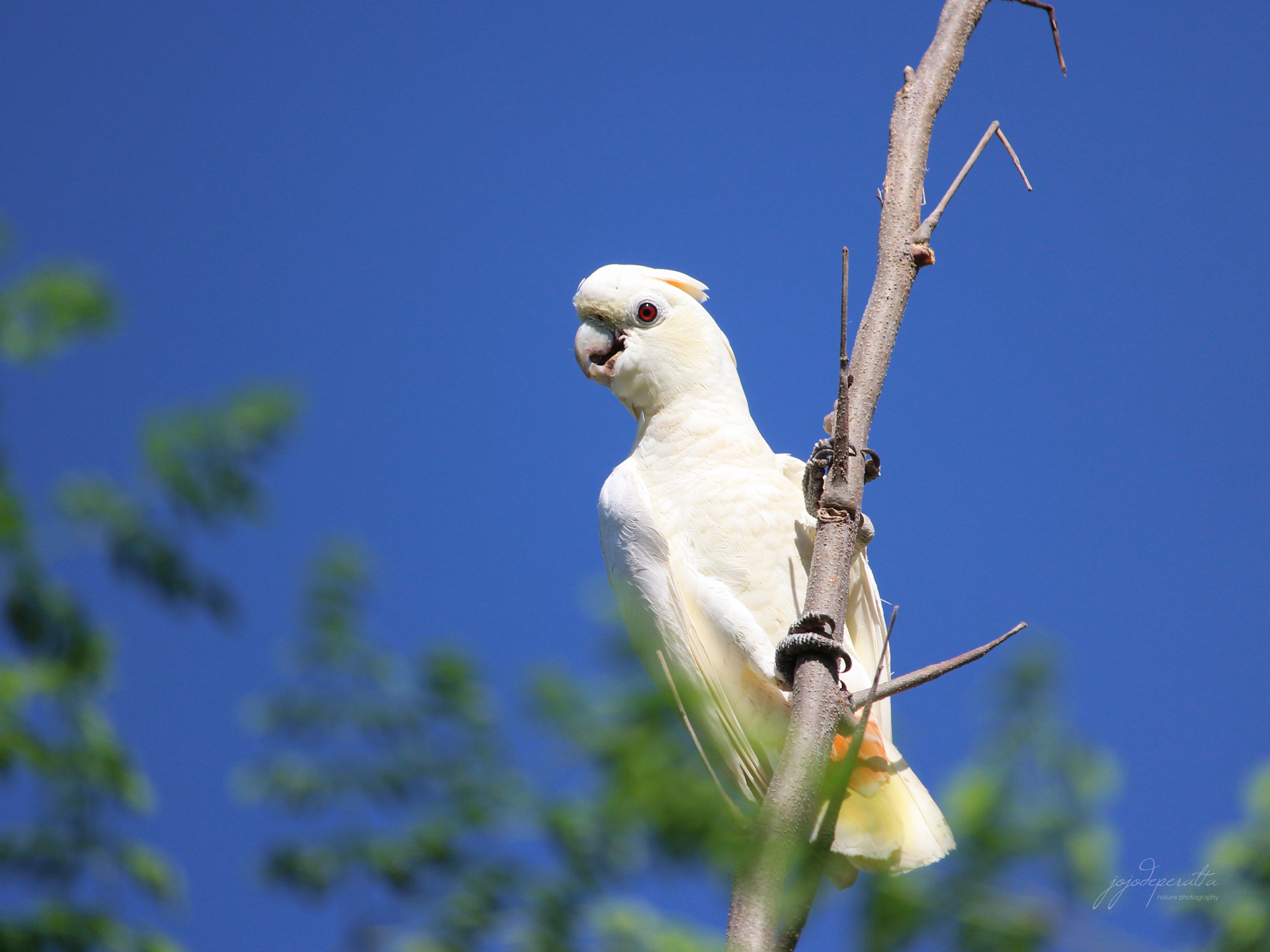Skip to main content
Nepenthes palawanensis
Palawan
has several mountain peaks harboring large and unique species of
pitcher plants that became popular around the world because of their
size and beauty. The Nepenthes palawanensis is probably not the
most beautiful, but it is the largest known species of pitcher plants
growing in Palawan. A large pitcher of Nepenthes palawanensis measures
around 35 cm in height, and with a capacity of 1.5 to 2 liters of
water. Some healthy mature plants in October can produce pitchers that
can hold up to around 2.5 liters of water.
 |
| Nepenthes palawanensis |
The Nepenthes palawanensis
is endemic to End Peak, a mountain peak in the municipality of Narra,
where it grows at elevations of 1100–1236 masl on an exposed and bushy
ridge near the peak. It is said to inhabit the Sultan peak,
but this is only due to navigation error. The team who discovered this
pitcher plant has mistaken the End Peak for the Sultan Peak, the highest
point of Sultan Range, which is more than two days hike south-east of
where this species grows. The pitcher plants we have seen growing at
Sultan Peak have small pitchers similar to Nepenthes philippinensis and not this species.











